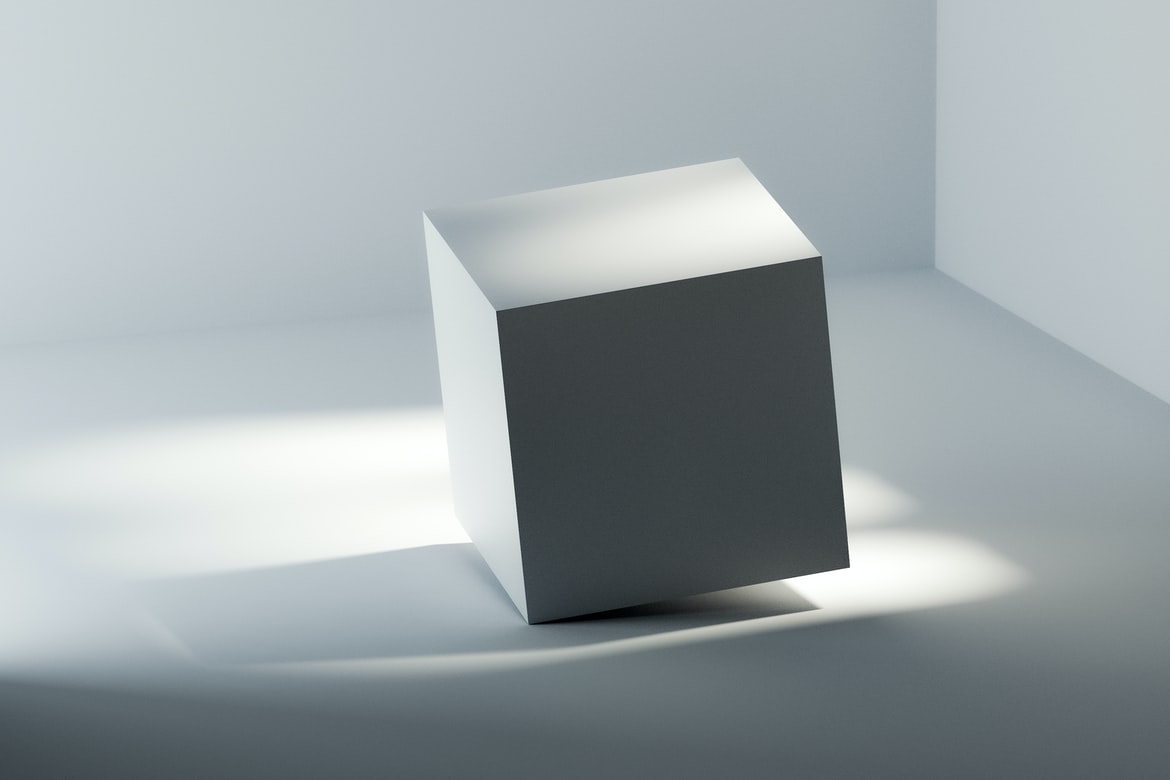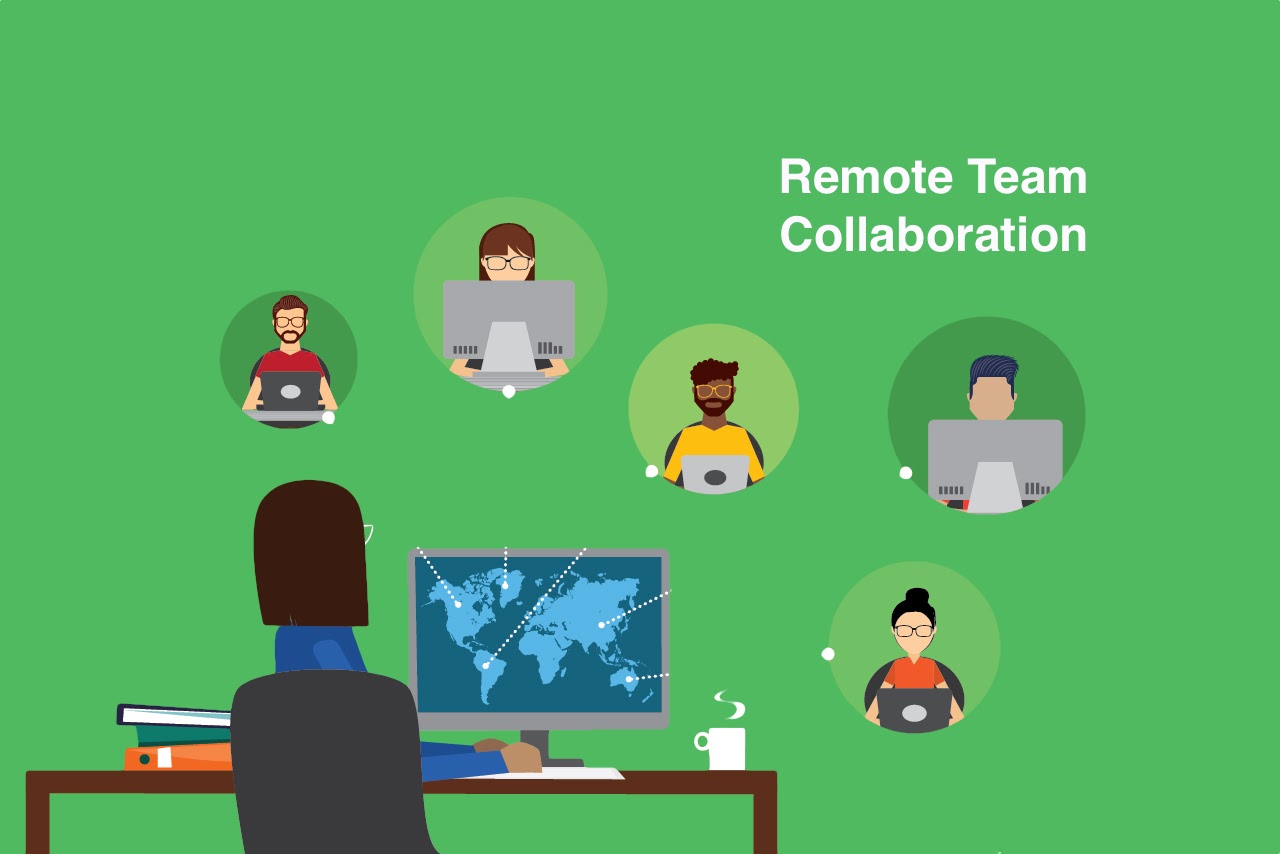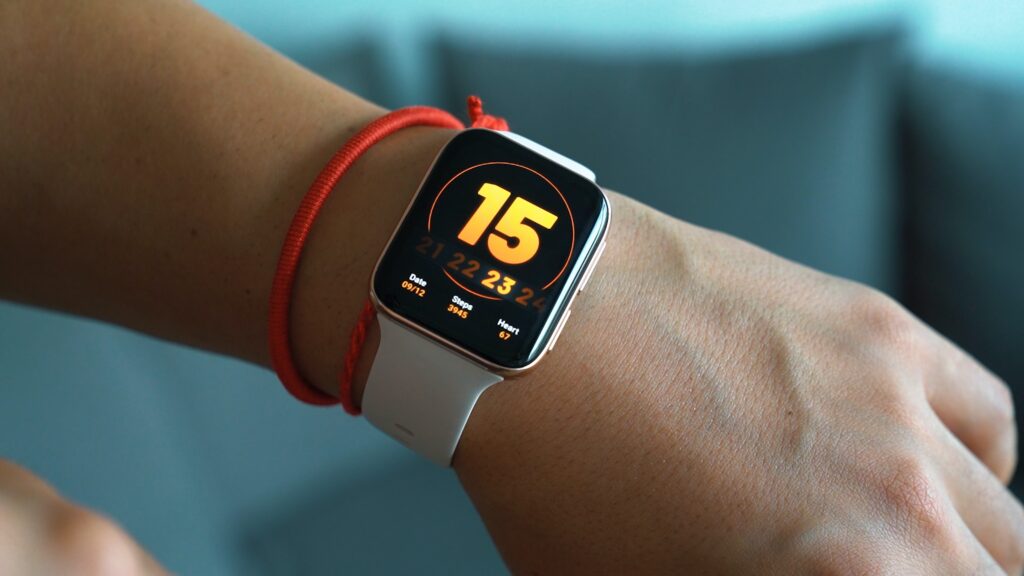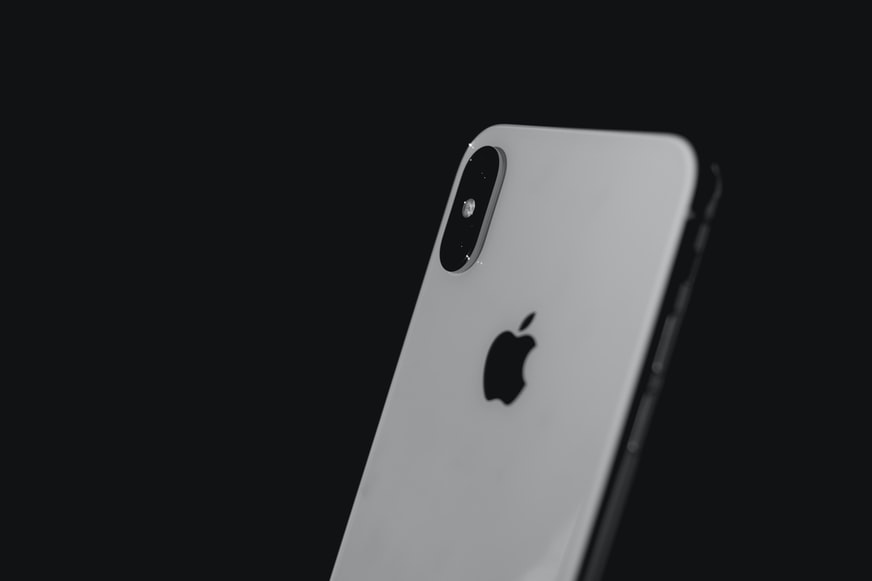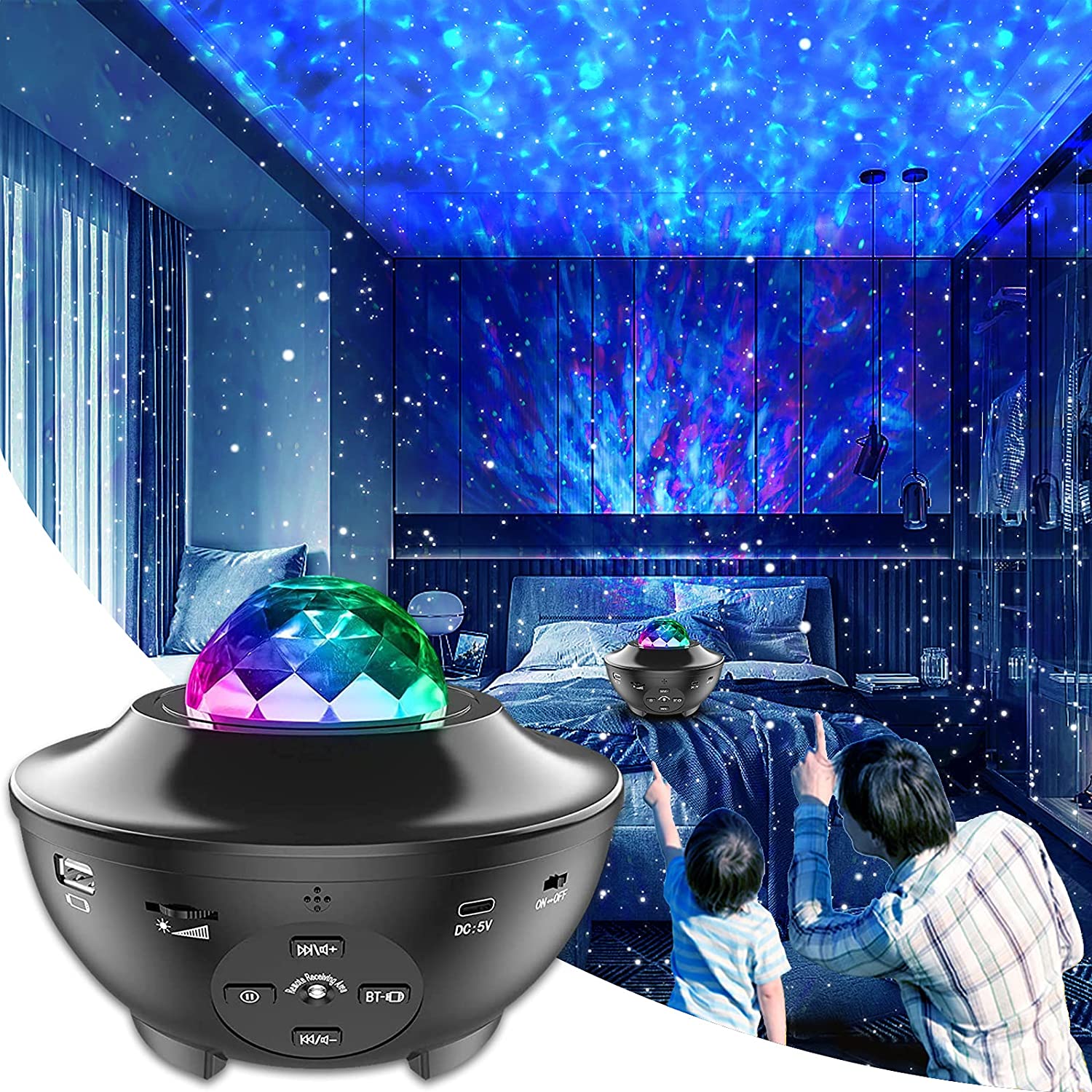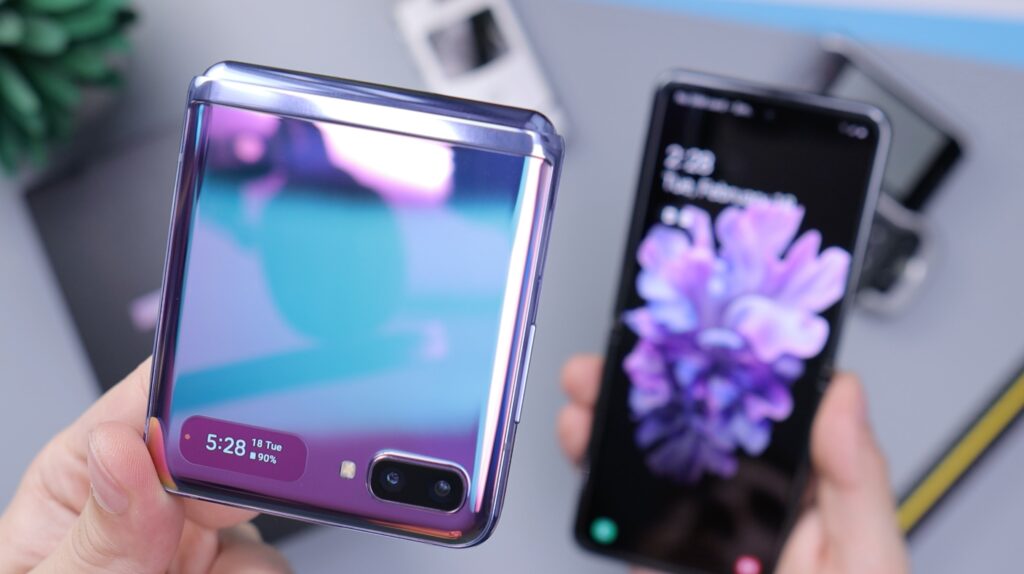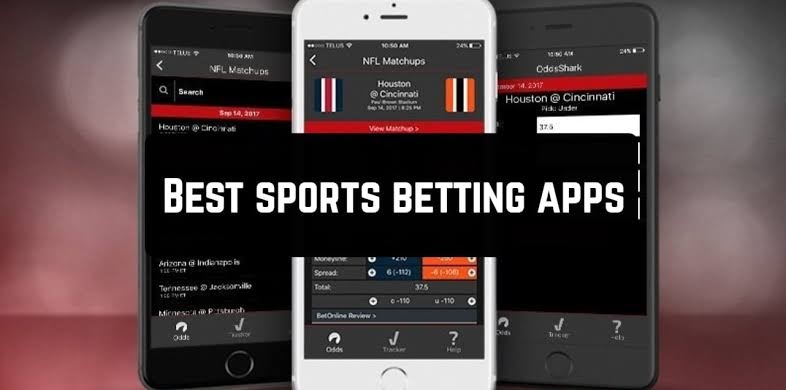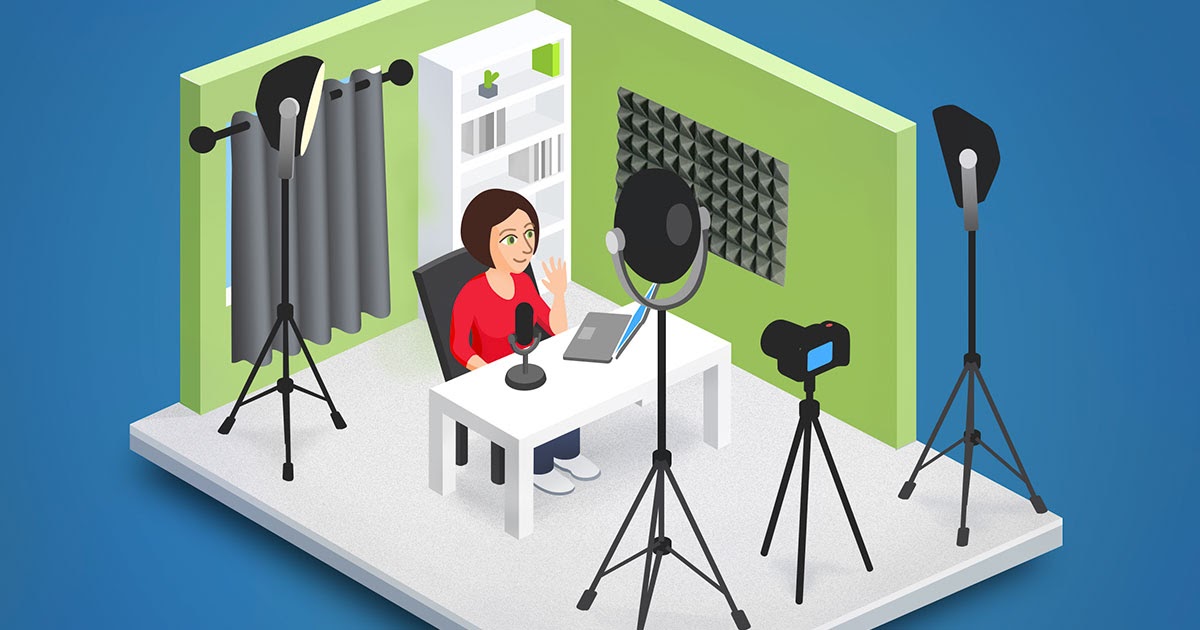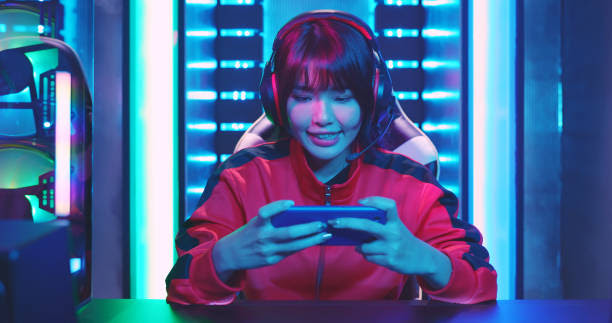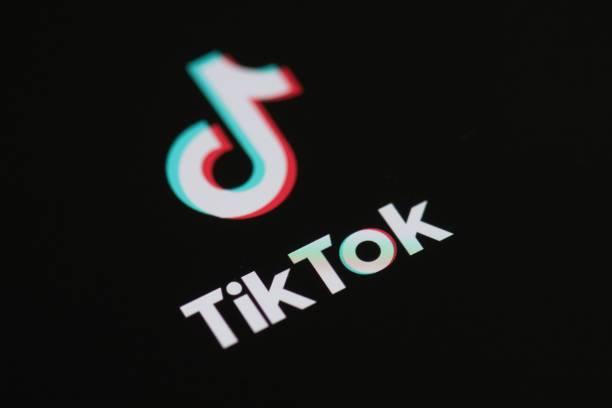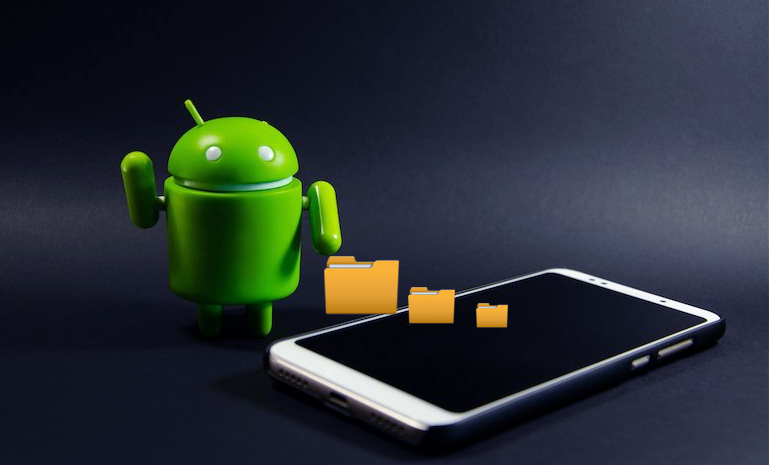It hurts when we accidentally delete files from our android device. Sometimes, we mistakenly delete pictures, receipts, videos, or files of great importance to us. The good news is that some of these files can be recovered with good information and the use of the appropriate recovery tools.
When a file is deleted from the internal memory of your android device, the file is not permanently deleted. Android devices work based on the principle of binary encoding, this ensures that files are not actually deleted but are marked as “deleted” by android’s Virtual pointer. This also means that the memory slots occupied by the files are declared “free” to be written-over or occupied by new files. As long as the slots occupied by the deleted files are not overwritten by new files, the deleted files can be recovered.
If you have deleted files to be recovered, it is vitally important that you immediately stop using your device to carry out activities that will occupy internal memory space. It is advisable that you turn off mobile data or Wi-Fi so as to stop the memory usage of applications on your device.
Now let’s look at some of the methods that can be used to recover deleted files on your android device. Note that not all methods would be applicable for your situation, simply go through the methods to see which would work for you.
Method 1: Check the Recycle Bin!
Some android phones now come with recycle bins for some applications. This means that when you delete files while using those apps, they are simply moved into the recycle bin of those apps. For example, if you delete a picture or video from the gallery app of newer Samsung galaxy phones, it would be moved to the recycle bin of the gallery app.
To recover your files in this case, simply check the recycle bin.
For the example of a deleted picture from your gallery app, simply open the gallery app and click on the tab at the bottom right corner of the screen. A menu with the “recycle bin” option pops up, click on it and you will be shown all your deleted picture/video files. Press and hold on any of the files you wish to restore, the option to do so will pop up.
In summary, look for the recycle bin. You might be lucky enough to find those deleted files in there.
Method 2: Google Drive Backup
Google gives 15 Gigabytes of cloud storage space to every android device. This free space can be used for backup purposes; to store files that are important in case something goes wrong with our device or if we lose the files from our phone storage.
If you have backed up the deleted files on google drive, you can get them back into your phone very easily by following the simple steps below:
- On your Android device, open the Google Drive app. Google Drive will display all the files that you have backed up on the cloud storage.
- Look through the uploaded files for the ones you need. If you come across any of the files, tap on the three vertical dots on the right-hand corner of the file.
- A menu will pop up with several options, look for the option that is suitable for you. If you wish to get the file back to your phone storage, simply click on the “download” option and the file will be downloaded back into your device.
Note: You will need an internet connection to use google drive. Simply turn on your mobile data or Wi-Fi.
Method 3: Dr. Fone (Android Data Recovery)
Dr. Fone is a computer software that guarantees a complete solution for phone data recovery, transfer, screen unlock, and system repair. This software will help you recover deleted videos, photos, contacts, text messages, and even call history on your android device for FREE.
If you have tried methods 1 and 2 without getting your desired results, it’s time to go a step further by using this amazing computer software that has proven to be a “life-saver” for numerous android users. Follow the steps outlined below:
- Download and install the Dr. Fone software for FREE on your PC by using this link.
- Open Dr.Phone on your PC. Please note that you will need to connect your PC to the internet.
- On the home screen, locate and click the “Data Recovery” option located at the bottom left corner of the screen.
- On your Phone, enable USB Debugging. You can do this from your phone Settings under “Developer options”.
- Connect your android device to your Laptop or PC using a USB cable. If you receive a Pop-up requesting permission for USB Debugging, simply accept. Dr. Fone will recognize your device.
- A list of files that can be recovered will be shown to you (videos, audios, contacts, call history, etc.). Select the files you wish to recover and then tap on “Next”.
- A window will pop open with two options. Click on the first option which is to “scan for deleted files”. Click on the “Next” button.
- Dr. Phone will begin to scan for deleted files. This may take a while depending on the number of deleted files being recovered, just wait patiently until completion. On completion, Dr. Fone will display a list of the files that have been recovered.
- Choose the files that you want to retrieve and click on the “Recover” button.
The Process is complete and your deleted files are recovered!
Method 4: Google Play Store Data Recovery Apps
There are several apps on Google Play Store that have been proven to recover deleted files on android devices. If you do not wish to go through the hassle of using a PC to recover your deleted files, you can try out these apps:
- Dumpster. This app has over 50 million downloads on Google Play and a 4.1 stars review ratings of over 435,000 people. The good thing about this app is that: It’s Free!
- File Recovery. This is also another highly rated app on Google Play with testimonies from various people about its ability to recover deleted files.
It doesn’t hurt to try. There are tons of apps on Google Play Store that you can try to get your desired results if you can be patient enough.
In conclusion, there is no “guaranteed” way of recovering deleted files on android devices. There are only proven methods that have yielded positive results for many people all over the world. What I have done is to highlight some of these methods, hopefully, they’ll work for you.




